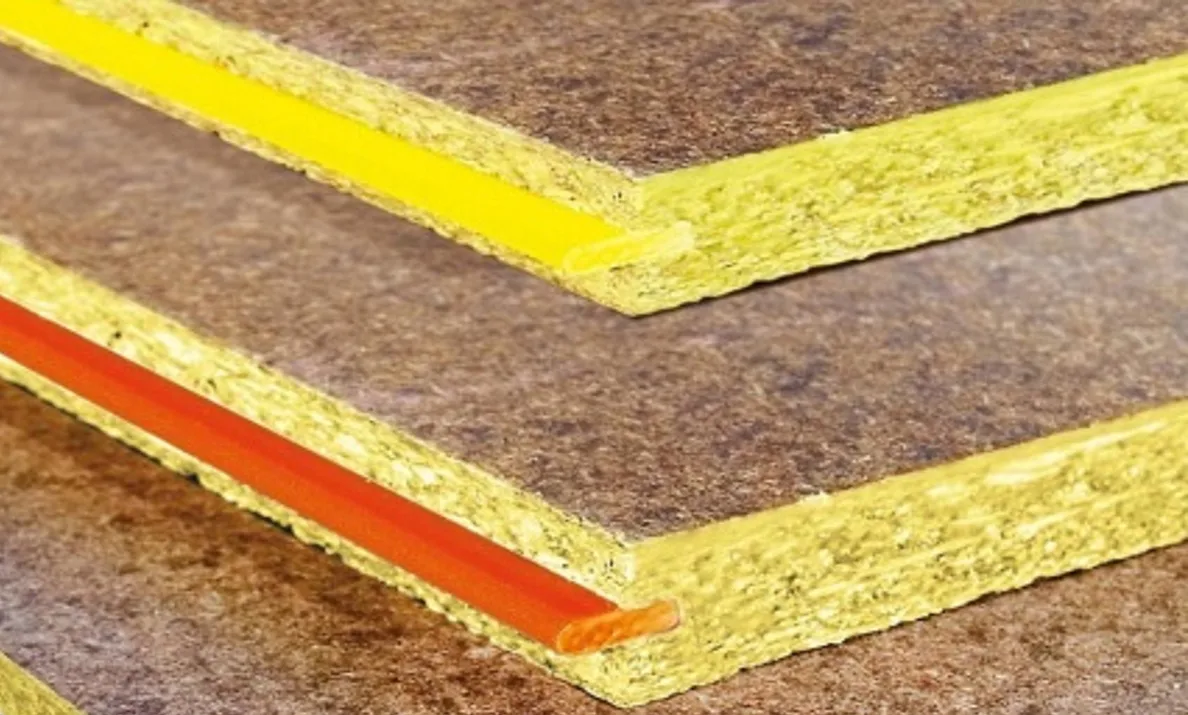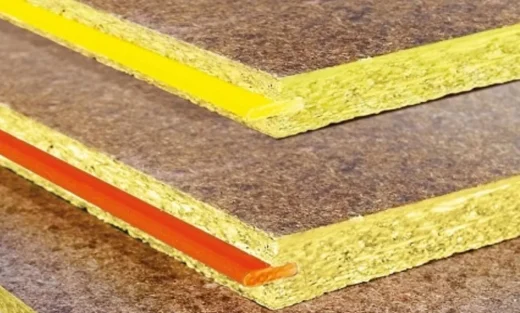Red tongue flooring vs. Yellow tongue, which is better?, House floor selection, Property interior
Red Tongue Flooring Vs. Yellow Tongue: Which Is Better?
3 October 2024
Choosing the right flooring type can significantly impact the look, feel, and durability of your space. When it comes to tongue-and-groove flooring, red tongue and yellow tongue are two popular options. One standout choice in the red tongue category is structaflor red tongue. This high-quality flooring offers a combination of durability, aesthetics, and ease of installation.
This article will help you delve into the key differences between red-tongue and yellow-tongue flooring, which will help you make an informed decision that best suits your home or project.
Understanding the Basics
Red tongue and yellow tongue flooring are types of particleboard flooring, commonly used in Australia for residential and commercial construction. The term ‘tongue’ refers to the tongue-and-groove system, which allows the boards to interlock securely.
The colour-coded tongues serve as an easy identifier of the flooring’s thickness and intended use. While both options come with their respective advantages, they are engineered to perform under different conditions. Red tongue flooring, for instance, is thicker and more robust, making it suitable for heavy-duty applications, while yellow tongue, being lighter and more flexible, is better suited for standard residential needs.
What is Structaflor Red Tongue Flooring?
Structaflor red tongue flooring is a highly durable and resilient particleboard flooring product. It is designed specifically for high-traffic areas or where greater strength is required. The red tongue indicates that the boards are thicker than yellow tongue boards, typically around 22mm. This extra thickness provides greater stability and support, making it ideal for larger spans between joists. Red tongue flooring is often used in commercial buildings, second-story flooring, or any area that requires superior strength.
One of the primary benefits of Structaflor red tongue flooring is its excellent load-bearing capacity. This makes it particularly well-suited for homes or businesses with heavy furniture or equipment. Additionally, its denser structure offers better soundproofing, which can be important in multi-story constructions.
What is Yellow Tongue Flooring?
Yellow tongue flooring is another popular particleboard option known for its versatility in residential applications. It typically measures 19mm in thickness, making it lighter and slightly less dense than its red tongue counterpart. Yellow tongue is often the go-to choice for standard residential flooring, particularly for single-story homes or areas that don’t require extra load-bearing capacity.
This type of flooring is designed for general use and provides a smooth, durable surface that can be easily finished with carpet, tiles, or timber overlays. Yellow tongue is also moisture-resistant, which makes it suitable for areas like kitchens, living rooms, and other spaces where occasional spills might occur. However, it may not be as suitable for high-traffic areas or spaces where heavy equipment is expected.
Key Differences Between Red Tongue and Yellow Tongue Flooring
- Thickness and Strength:
- Red Tongue Thickness and Strength:As mentioned, Structaflor red tongue flooring is 22mm thick, making it more robust than yellow tongue. This thickness is advantageous when dealing with larger spans between joists, as it provides additional structural support.
- Yellow Tongue Thickness and Strength: At 19mm, yellow tongue flooring is lighter and more flexible. While it’s still strong enough for most residential applications, it may not be as sturdy under heavy loads or larger spans.
- Application:
- Red Tongue Application: Ideal for commercial spaces, high-traffic areas, or multi-story buildings where greater load-bearing capacity is necessary. Its enhanced thickness makes it less prone to movement or flexing under pressure.
- Yellow Tongue Application: More suited for standard residential homes, especially single-story buildings. It offers adequate strength for most domestic needs but may not be as effective for larger-scale projects or areas requiring heavy-duty flooring.
- Installation:
- Red Tongue Installation: Due to its thickness and weight, red tongue flooring may take longer to install and may require more support during the installation process. However, once installed, it provides a highly stable and durable surface.
- Yellow Tongue Installation: Easier to handle and install, yellow tongue flooring can be fitted quickly and efficiently, making it a popular choice for DIY enthusiasts and homebuilders alike.
- Cost:
- Red Tongue Cost: Typically, red tongue flooring is more expensive than yellow tongue due to its superior strength and load-bearing properties. However, the investment can be worthwhile in areas that require long-term durability.
- Yellow Tongue Cost: Generally more affordable, yellow tongue flooring offers a cost-effective solution for residential flooring. It provides excellent value for money for homes that don’t require heavy-duty floors.
Which One Should You Choose?
The decision between red-tongue and yellow-tongue flooring largely depends on the specific needs of your project. If you’re constructing or renovating a commercial space, a multi-story building, or an area that will see heavy foot traffic or require substantial load-bearing support, Structaflor red tongue flooring is likely the better option. Its increased strength, thickness, and durability make it the go-to choice for these more demanding environments.
On the other hand, if you’re working on a single-story residential property, especially in areas like living rooms, bedrooms, or kitchens where the flooring won’t be subjected to extreme loads, yellow tongue flooring should suffice. It offers excellent performance for standard residential applications at a more affordable price point.
Home Flooring Choice
Final Thoughts
In conclusion, both red-tongue and yellow-tongue flooring have their own advantages and are suitable for different types of projects. Structaflor red tongue flooring offers unparalleled strength and durability for heavy-duty and high-traffic applications, while yellow tongue provides a versatile and cost-effective solution for standard residential flooring.
Understanding the requirements of your space will help you make the right choice and ensure that your flooring serves you well for years to come. Now that you have a better understanding of these options, it’s time to make a decision and take the next step in your project.
Comments on this guide to Red Tongue Flooring Vs. Yellow Tongue: Which Is Better? article are welcome.
Vinyl Flooring Design
Vinyl Flooring Articles
Quick-Step Bloom luxury vinyl flooring

Best way to clean luxury vinyl plank flooring
Building
Residential Architecture Posts
Comments / photos for the Red Tongue Flooring Vs. Yellow Tongue: Which Is Better? – home decorating style advice article page welcome.






